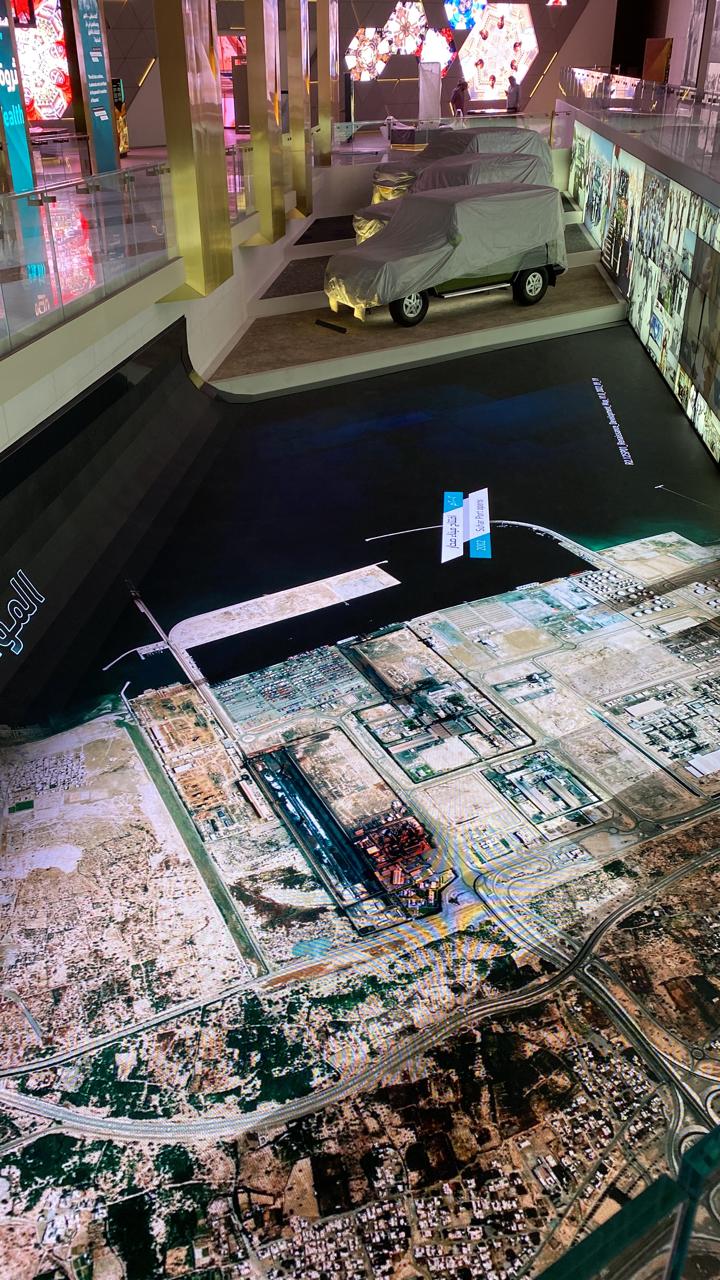Visitors to the museum are guided through an educational journey of time and space via a series of pavilions in the History and Renaissance galleries, with each pavilion dedicated to a distinct period or theme. Some of highlights of the journey include:
VR/AR immersion
Visitors to the Renaissance Gallery immerse themselves in VR versions of historical architecture which would be inaccessible in the real world. For the History Gallery’s Early Settlers Pavilion, Pico created an AR experience in which visitors can rotate screen panels to see a wide range of overlays on a full-scale physical model of settler huts.
360-degree 4D cinema
The Renaissance Gallery features a 4D cinema designed to sweep audiences along an immersive journey of Oman’s economic development. The 360-degree film is accompanied by a synchronised moving floor and an orchestral soundtrack with voiceover, providing an engaging 4D experience for all the senses.
Gamified interactions
Entertainment goes hand-in-hand with education in both galleries as visitors engage in a variety of physical and hybrid interactive games. Featuring tech such as IR cameras and frames, leap motion sensors and touchscreens, popular games enable users to build their own ship, design an aflai irrigation system, sculpt pottery, craft jewellery and henna designs and more.
Tessellated walls
The team developed a 3D model, mockups and held several trials to create a multi-node tessellated walls structure as a contemporary representation of Omani mountain ranges. Projection mapping enables the wall surfaces to display information in the History Gallery.
Flying Ribbon
A key feature of the History Gallery is the suspended Flying Ribbon structure that serves as a display surface for 12 projectors presenting the story of Islam in Oman. With only two anchor points, the Ribbon’s development was especially challenging and required the team to develop a bespoke composite system for the structure.







